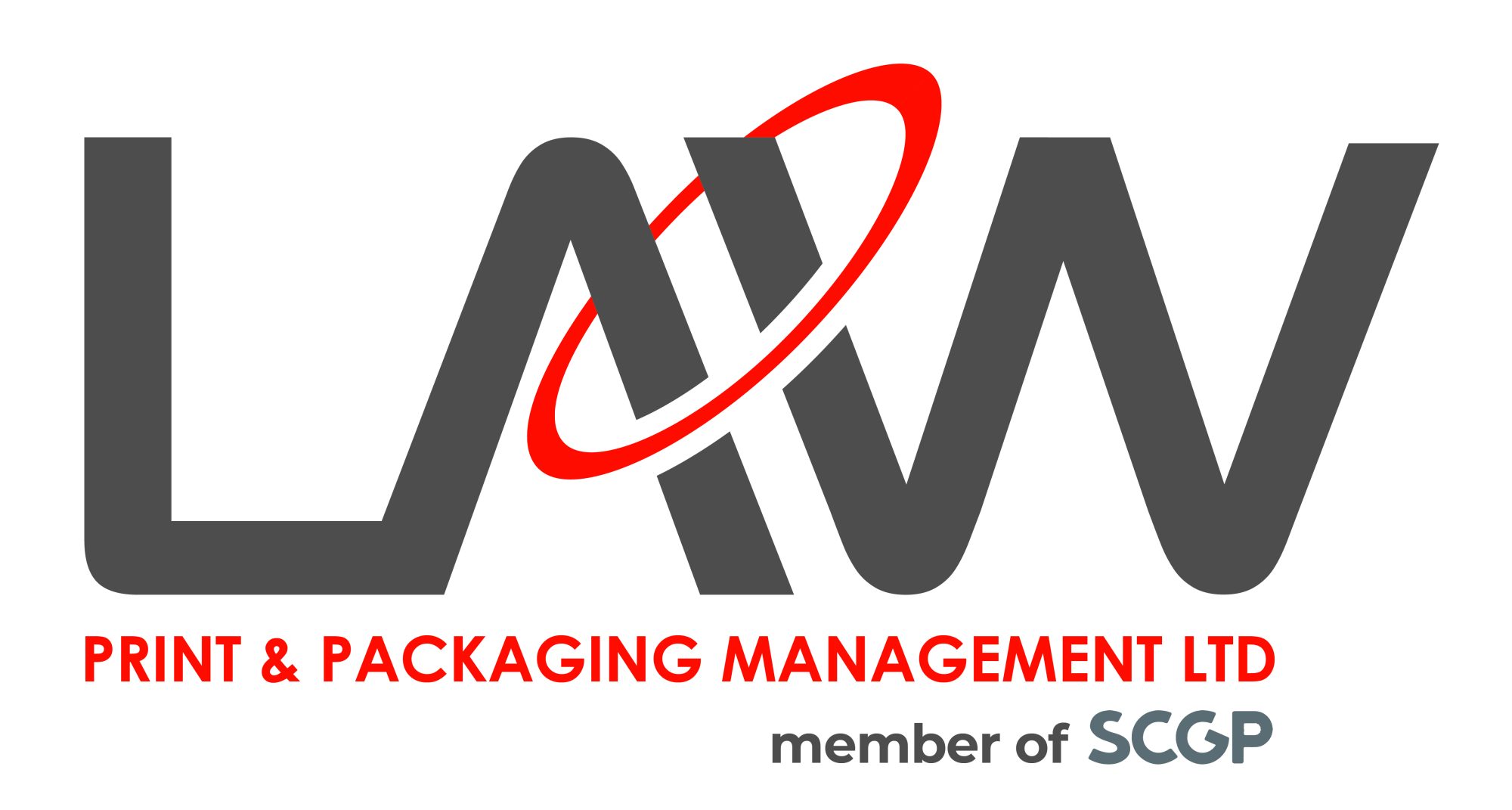We’ve recently seen a rise in queries. They are from customers who might sometimes think that they require different barrier properties for their product, such as EVOH.
Historically, pet food and dry food have always been packed in paper bags or paper/PE laminated bags. They weren’t always hermetically sealed and provided limited barrier properties. So why the sudden demand for extra protection?
As the food industry evolved, the packaging needed to keep up with the demand and expectations.
Food products were becoming more competitive, technical and required longer shelf lives. It became more important than ever for the packaging to offer the best protection and aesthetics. This is why multiple polymer laminates were introduced.
However, this level of barrier properties isn’t essential for all products. Especially as sustainability pressures for businesses continue to increase, needs change, and recyclable packaging has become a key focus, creating a growing demand for mono-material packaging solutions.
EVOH stands for Ethylene-vinyl alcohol and is a flexible, crystal clear, glossy thermoplastic copolymer. It is commonly used to protect and preserve the shelf life of a product in a hermetically sealed bag. It limits the number of gases migrating through the packaging.
EVOH coating is known for giving some of the best barrier resistance to gases such as oxygen, nitrogen and carbon dioxide. So it’s ideal for packing food, pet food, drugs, cosmetics and other perishable products. This is why it’s often recommended by packers who use gas flushing (which involves replacing the oxygen inside the bag with nitrogen) to pack pet food content, to give better protection and extended shelf-life.
However, what is less well-known is that PE/PE has higher barrier properties than a paper/PE bag or a PET/PET MET/PE bag with micro-perforations, therefore eliminating the need to use EVOH except in certain circumstances.
When compared to other typical films, EVOH-coated films are considered to have superior barrier properties. When added to mono-material structures, the packaging still remains recyclable, unlike alternatives made with NYLON, for example.
But here’s the kicker – it isn’t needed most of the time!
It is indeed a misconception to believe that if you want to move to recyclable PE/PE packaging for your products, you need to have EVOH. Standard PE film can be perfectly suitable on its own, and EVOH is only required for some product applications.
We want to reiterate to both our current and potential customers that EVOH is not needed as often as you may think. It may not be the solution you need for your product. PE is a softer material but still very strong and naturally offers excellent barrier properties for most product applications.
If you have any doubts, please speak to us and we will make sure that we offer you what your products need. We never encourage our customers to overspec their packaging, so why should you pay more for something that you don’t need?
If your brand is looking to invest in quality packaging, we will guide you through the entire print process. Providing recommendations along the way to improve efficiency, reduce costs and add untold value to the end product.


